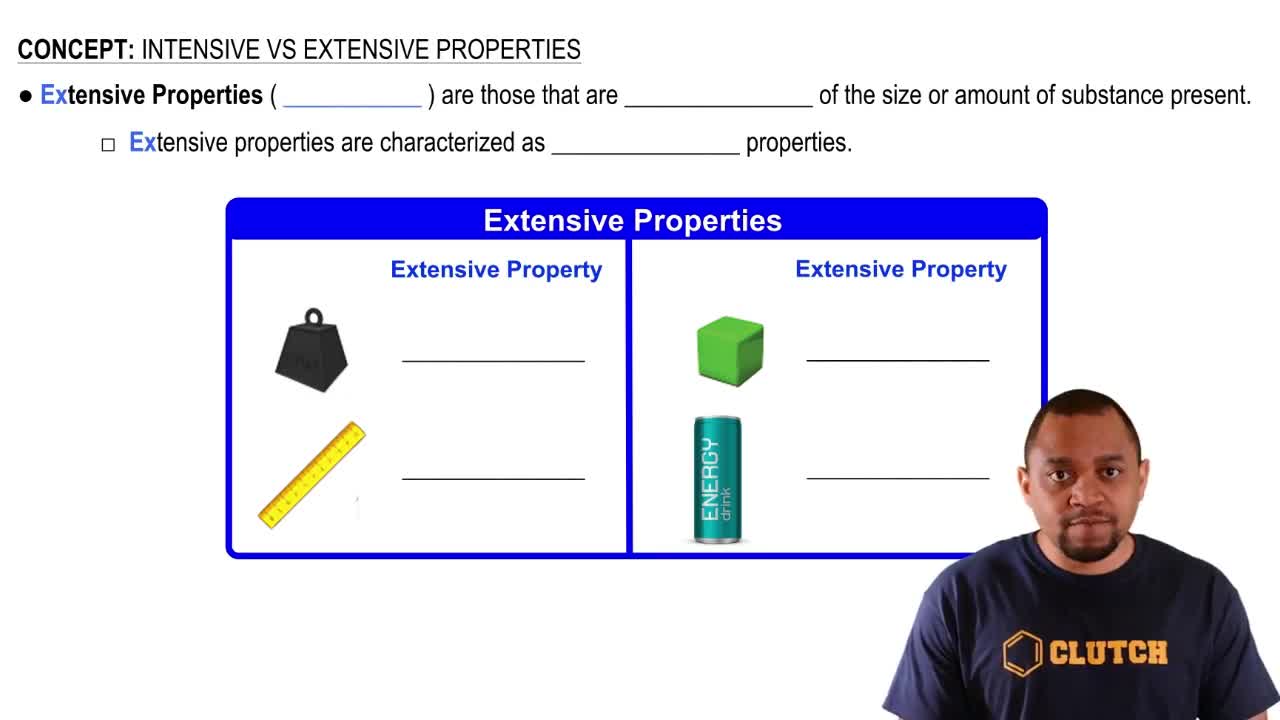Each of the following pairs of elements will react to form a binary ionic compound. Write the formula of each compound formed, and give its name. (b) Potassium and sulfur
 McMurry 8th Edition
McMurry 8th Edition Ch.6 - Ionic Compounds: Periodic Trends and Bonding Theory
Ch.6 - Ionic Compounds: Periodic Trends and Bonding Theory Problem 78a
Problem 78aElement X reacts with element Y to give a product containing X3+ ions and Y2-ions. (a) Is element X likely to be a metal or a nonmetal? Explain.
 Verified step by step guidance
Verified step by step guidance
Verified Solution
Key Concepts
Ionic Compounds

Metallic vs. Nonmetallic Properties

Oxidation States

Each of the following pairs of elements will react to form a binary ionic compound. Write the formula of each compound formed, and give its name. (c) Lithium and nitrogen
Each of the following pairs of elements will react to form a binary ionic compound. Write the formula of each compound formed, and give its name. (d) Barium and flourine
Element X reacts with element Y to give a product containing X3+ ions and Y2-ions. (b) Is element Y likely to be a metal or a nonmetal? Explain.
Element X reacts with element Y to give a product containing X3+ ions and Y2- ions. (c) What is the formula of the product?
Element X reacts with element Y to give a product containing X3+ ions and Y2-ions. (d) In what groups of the periodic table are elements X and Y likely to be found?